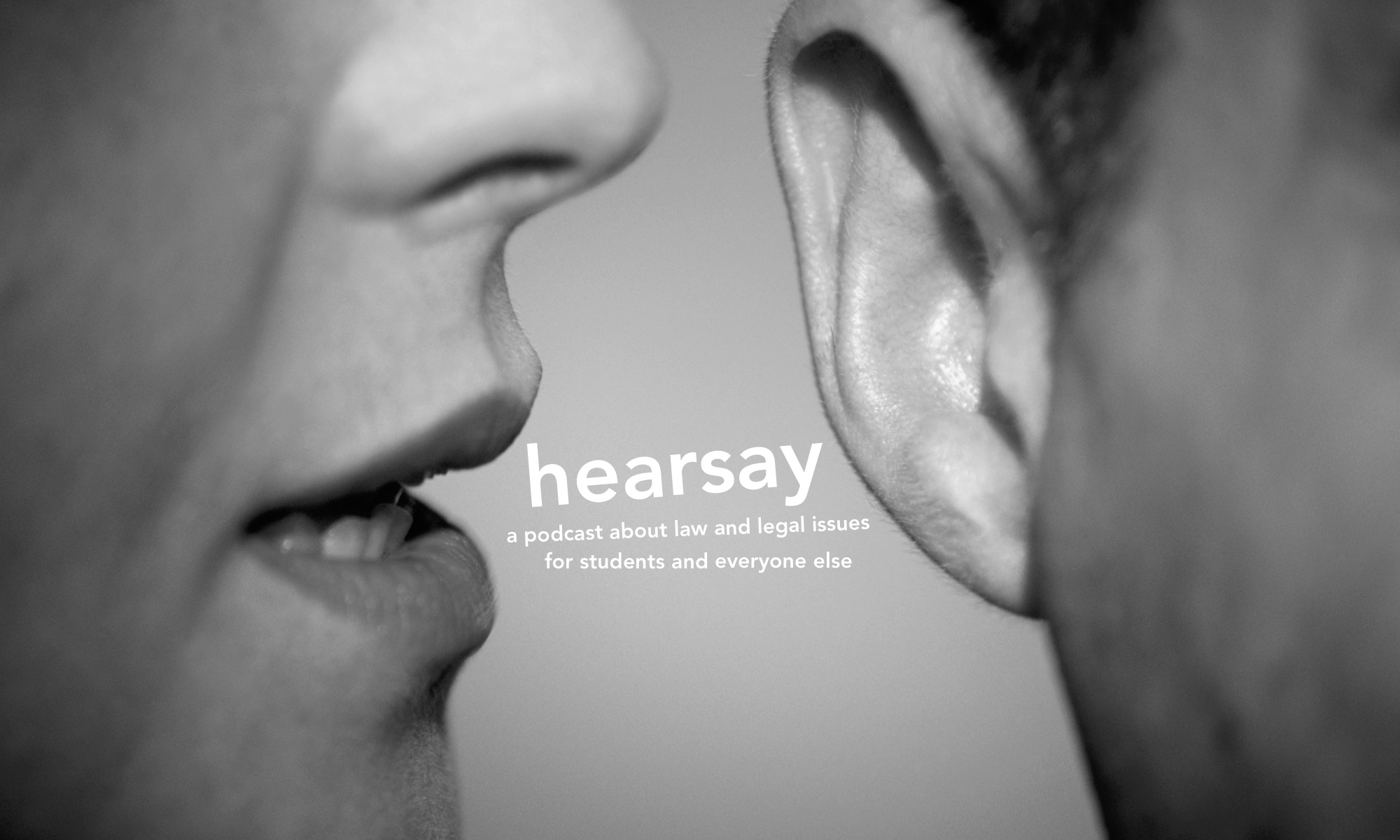Turmoil in the Supreme Court of Queensland continued yesterday, with Chief Justice Tim Carmody dramatically withdrawing from a case, and the President of the Court of Appeal Margaret McMurdo declaring she “cannot sit with him again on any court.” The Chief Justice’s appointment was controversial from the outset, with senior lawyers and judges expressing concern that he is politically biased and underqualified for the the role. Those concerns have not subsided.
Retiring Justice Alan Wilson gave a speech accusing Carmody CJ of calling other judges “snakes” and “scum”. The speech also condemned his work ethic: “The Chief Justice has not sat in an actual hearing since the 15th of February this year. He has withdrawn himself from all published court calendars so nobody knows when or whether he intends sitting again.” In response, Carmody CJ sought to prove he had a busy schedule by publishing his calendar of engagements.
This revealed he held a private meeting with child protection campaigner Hetty Johnston in April. At the time, he was one of three judges considering an appeal by Brett Cowan over his sentence for the rape and murder of 13-year-old Daniel Morcombe. In the wake of Cowan’s conviction, Johnston spoke to the media arguing that he “should not be released”: “These offenders are released from our courts on a daily basis and it must stop.” Her organisation, Bravehearts, formed a partnership with the Daniel Morcombe Foundation.
When McMurdo P discovered the meeting, she became concerned about the possible perception of bias, and asked the Chief Justice to disclose the meeting to the parties. An exchange of letters between the court and the lawyers followed, and ultimately Cowan’s legal team argued that due to the perception of possible bias, Carmody CJ should withdraw from the appeal bench. He told them they would need to be “armed to the teeth” to remove him, so they argued he should not make that decision himself as he appeared to have prejudged the matter.
At that point, Carmody CJ called a mention hearing and announced that while the application was “unmeritorious … it is in the best interests of this Court and overall public confidence in the administration of justice that I withdraw instead of prolonging this bizarre sideshow”.
He also released further correspondence that showed the depth of disagreement within the Court. McMurdo P said she was “deeply concerned” about the meeting with Johnston; Carmody CJ said his colleague’s investigation of the matter was an “exceptional interference with the ordinary judicial process”. Ultimately McMurdo P wrote to the Court registry: “I regret to inform you that following an extraordinary memorandum yesterday from the Chief Justice in relation to R v Cowan, I cannot sit with him again on any court. Please ensure in future that I am not listed to sit with the Chief Justice.”
The Court now needs to decide whether the remaining two appeal judges can deliver their decision, or if the appeal needs to be heard fresh by a new bench. The family of Daniel Morcombe are understandably upset by the delay and uncertainty; however, given the concerns about perceptions of bias were shared by lawyers and the President of the Court of Appeal, it is important that they be carefully addressed: “Not only must Justice be done; it must also be seen to be done.”
